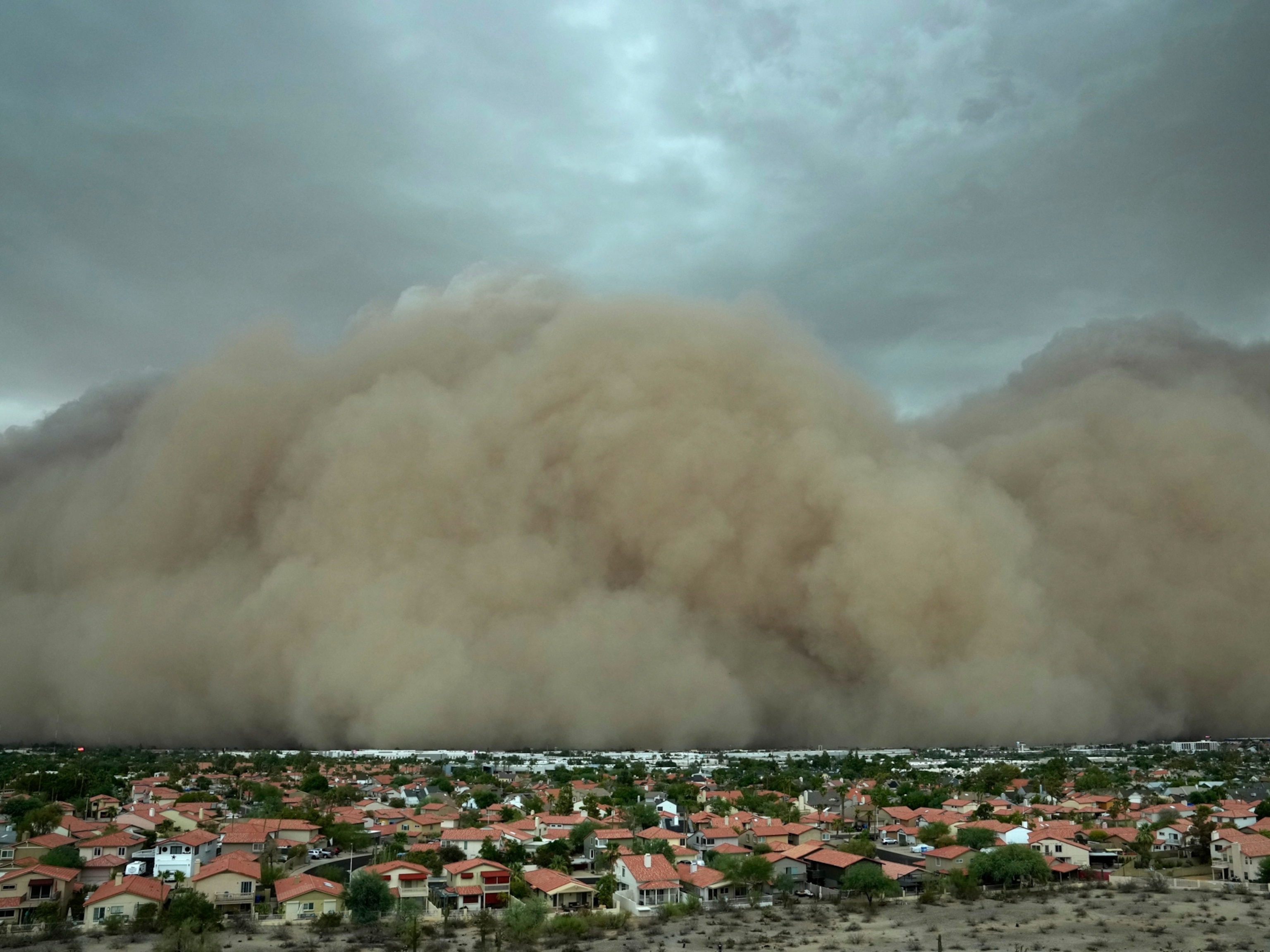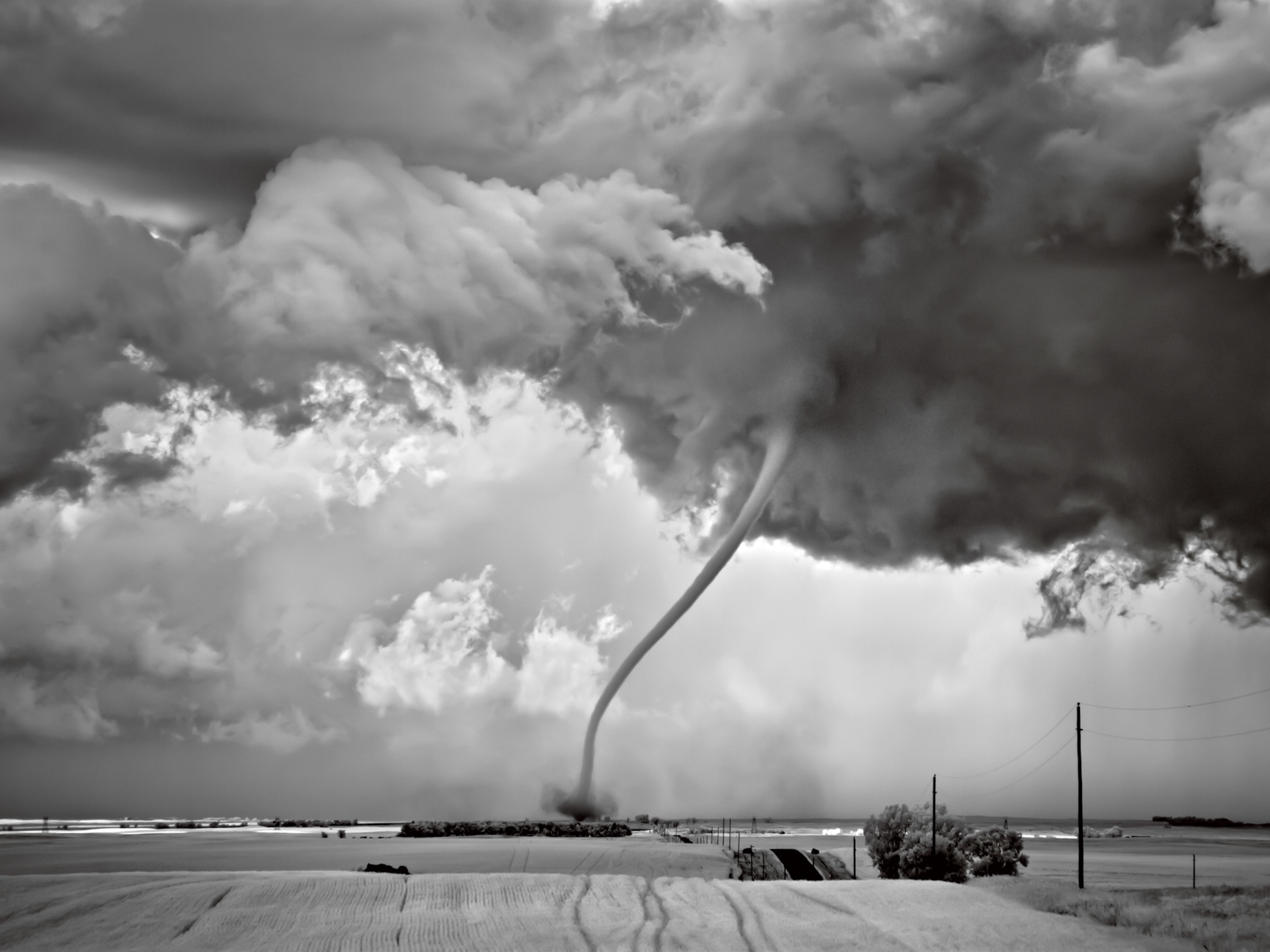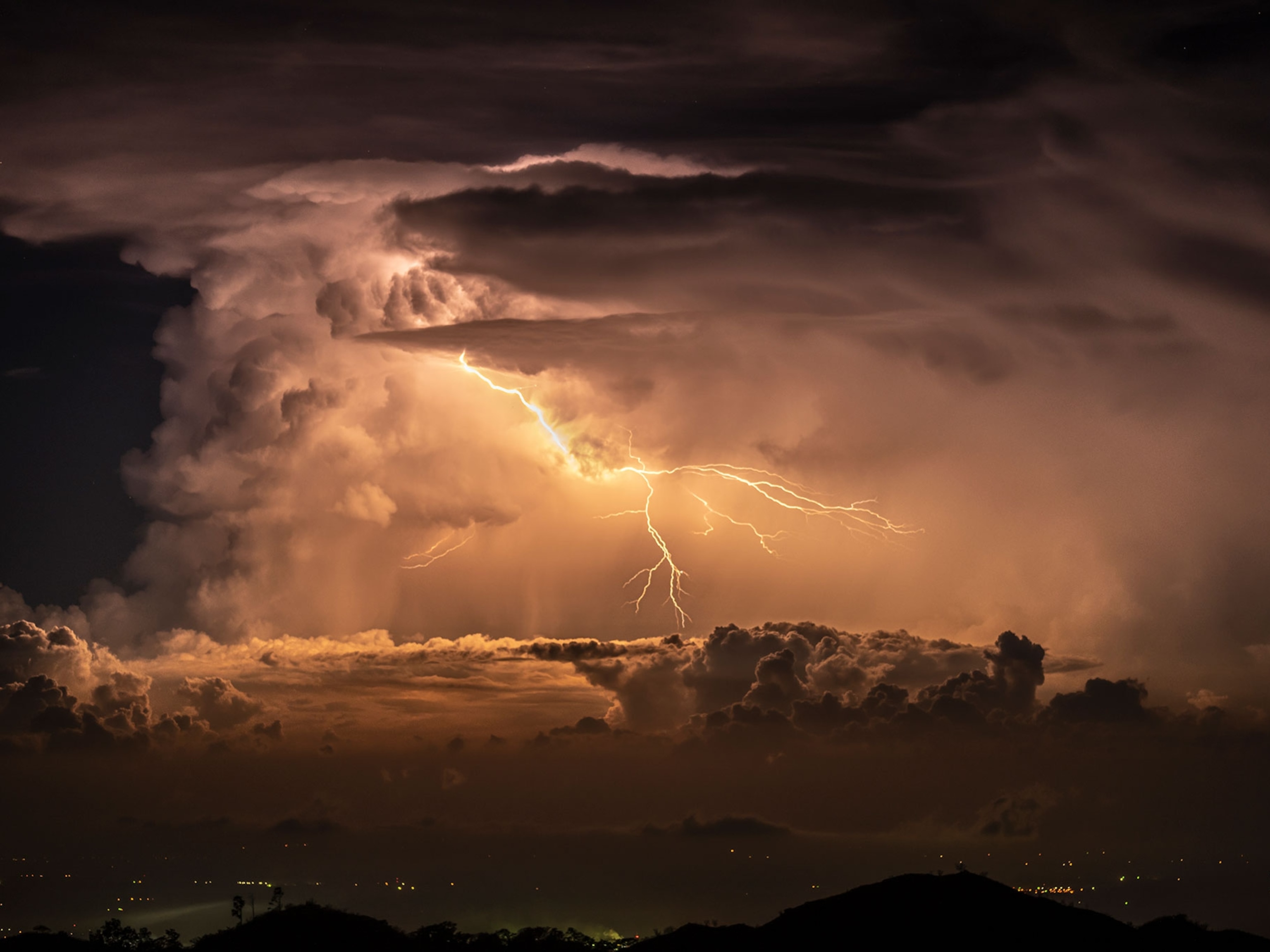Watch an Incredible Time-Lapse Video of Severe Thunderstorms
Capturing footage of thunderstorms on the Great Plains can be risky.
Photographer Nicolaus Wegner loves a good storm chase—one of several reasons he produced a new time-lapse video called "Stormscapes."
His footage captures the formation of powerful thunderstorms developing over the Great Plains. Several of the storms he filmed are supercells—severe, potentially dangerous thunderstorms with a vortex of rotating air known as a mesocyclone. Supercells produce hail, strong rain, and occasionally tornadoes. (Read: "Oklahoma Tornado: Why So Destructive, Unpredictable?")
Wegner is not a storm chaser; he's a photographer. He started taking photos as a telecommunications contractor at Joint Base Balad, Iraq, and has been capturing photos of the Wyoming wilderness ever since. National Geographic spoke to him about the video and the challenges in following such powerful storms.
Why did you decide to chase thunderstorms?
There's something intriguing about seeing these clouds build and the power behind them—all the elements coming together.
Who taught you how to chase storms?
I taught myself. I started by researching supercells. I read how they are formed and followed a few blogs from other storm chasers. There aren't many people who chase storms here in Wyoming, but there are tons of storm chasers in states with larger, more severe storms. I avoid Kansas, Oklahoma, and Texas, as those states are more prone to deadly tornadoes and storm chaser traffic jams—a very dangerous combination.
How do you track a storm?
I'm not a meteorologist and so I go with what feels right. I use a weather radar app that uses information from the National Weather Service. They predict general areas where they think severe weather has a greater chance of occurring. I put myself in the middle of that area. Then I wait for storms to start popping up and pick a line that will hopefully produce a supercell or another type of severe thunderstorm.
The footage in "Stormscapes" is shot from all vantage points of severe thunderstorms: inside, outside, in front of, and behind them. The roads play a big part in how I photograph them. Wyoming's county roads are unlike most other states': They meander. And you are limited to photographing from roads for safety reasons.
You don't want to walk any great distance from a vehicle and end up with the mesocyclone rotating overhead or large hail and lightning on the way. I stayed within quick walking distance of my vehicle and usually set up in spots where I hoped to catch the storms coming toward me.
How long does it take to capture footage of a storm?
In Wyoming, our supercells usually don't hold together for more than an hour or two. The longest amount of time elapsed in a single sequence of this video is around half an hour. Intervals were between one and three seconds. My current camera and cards can't capture and store raw files any quicker than that without skipping shots, which ruins the time-lapse sequence.
What's it like to experience a supercell?
There is nothing like watching one go from birth to thunderstorm to supercell. When you consider all of the elements and "just right" conditions it takes to produce one of these storms, it's something worth being in awe over.
What's interesting is how these storms develop. It can be a clear day to start and, if the conditions are right, clouds will start popping. Some of these clouds end up turning into thunderstorms, and anything that goes supercell can end up twisting into a monster that rises 40,000 to 50,000 feet [12,000 to 15,000 meters] in the air. They completely dominate their environment and can cover 50 miles [80 kilometers] or more.
Being near those storms while filming seems like a risky enterprise. Is it?
In all honesty, it's dangerous being anywhere near these storms. It's even more dangerous being outside with a camera and tripod, which is basically a portable lightning rod. I've almost been hit by lightning a few times. It's terrifying when that happens. When taking photos of lightning, I set the gear up as quickly as possible, then I sit in my Jeep away from electronics.
My wife and I have also experienced larger than golf-ball-size hail on more than one occasion. Luckily I had the gear packed up, so the only damage was to the Jeep's hood. I avoid the core of supercells, where precipitation is usually heaviest. It's just not worth destroying my vehicle over.
Last September, I was shooting a tiny thunderstorm that ended up dying fairly quickly. During its very short life cycle, it produced two lightning strikes. One of these strikes hit directly behind me and started a small grass fire. Luckily the rain came shortly after and put it out.
I've been in the middle of massive lightning storms, even up in mountain wilderness with no cover, and walked away just fine. This storm produced two strikes and one almost got me. You just never know.
This interview was edited and condensed.
Follow Angie McPherson on Twitter.




